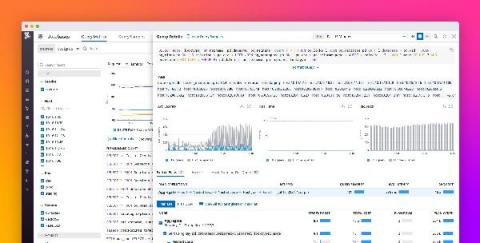Operations | Monitoring | ITSM | DevOps | Cloud
Databases
The latest News and Information on Databases and related technologies.
An Overview of Intelligent Query Processing in SQL Server
Monitor and visualize database performance with Datadog Database Monitoring
When you’re running databases at scale, finding performance bottlenecks can often feel like looking for a needle in a haystack. In any troubleshooting scenario, you need to know the exact state of your database at the onset of an issue, as well as its behavior leading up to it.
SolarWinds Enables DataOps for All With Free DBA xPress Tool
How Query Execution Plans Work
NiCE Oracle Management Pack 5.2 for Microsoft SCOM
TThe Management Pack provides clear and precise performance indicators and timely alerts enriched by pinpointing problem identification and troubleshooting information. It streamlines the workflow and helps for better planning based on detailed reports. The integration into System Center enables a single pane of glass view into your Oracle environment, secured by Microsoft technologies.
Choose the right time series database | Aiven Info Bytes
Visibility Into Distributed Availability Groups With SQL Sentry
Why Observability Requires a Distributed Column Store
Honeycomb is known for its incredibly fast performance: you can sift through billions of rows, comparing high-cardinality data across thousands of fields, and get fast answers to your queries. And none of that is possible without our purpose-built distributed column store. This post is an introduction to what a distributed column store is, how it functions, and why a distributed column store is a fundamental requirement for achieving observability.











